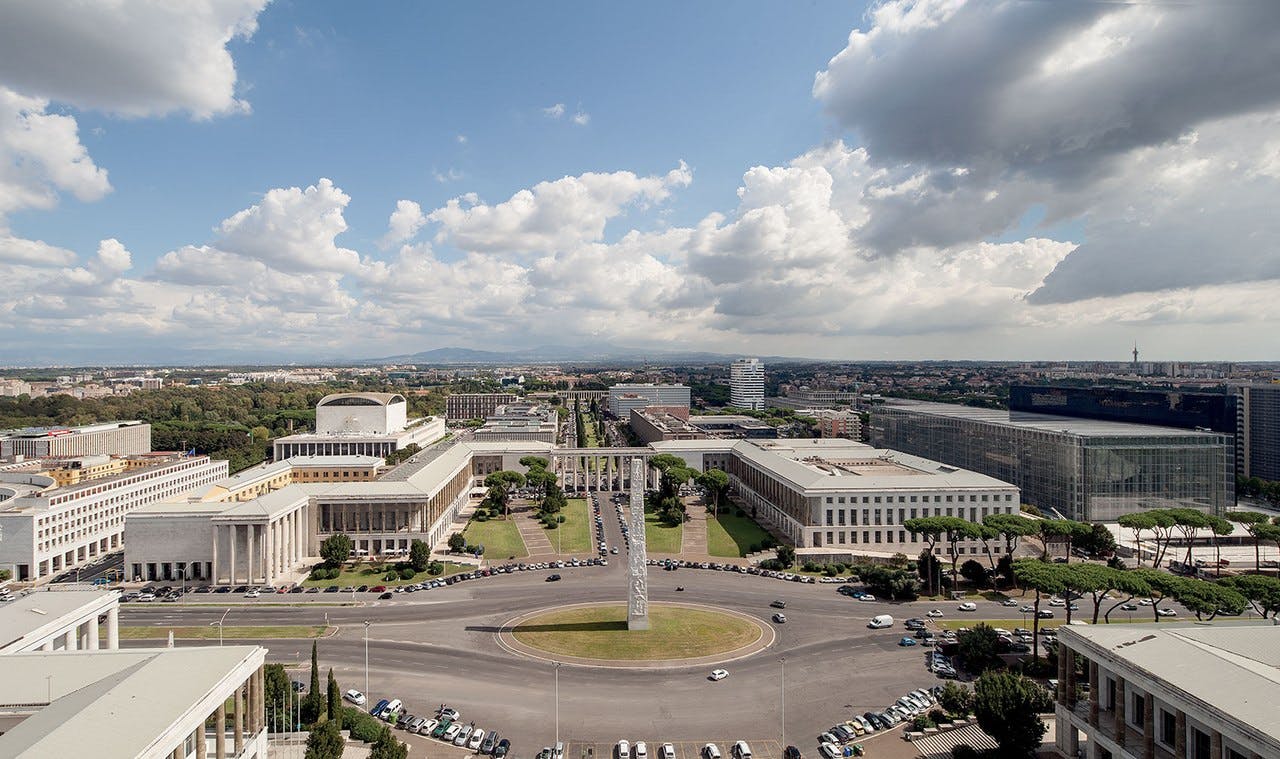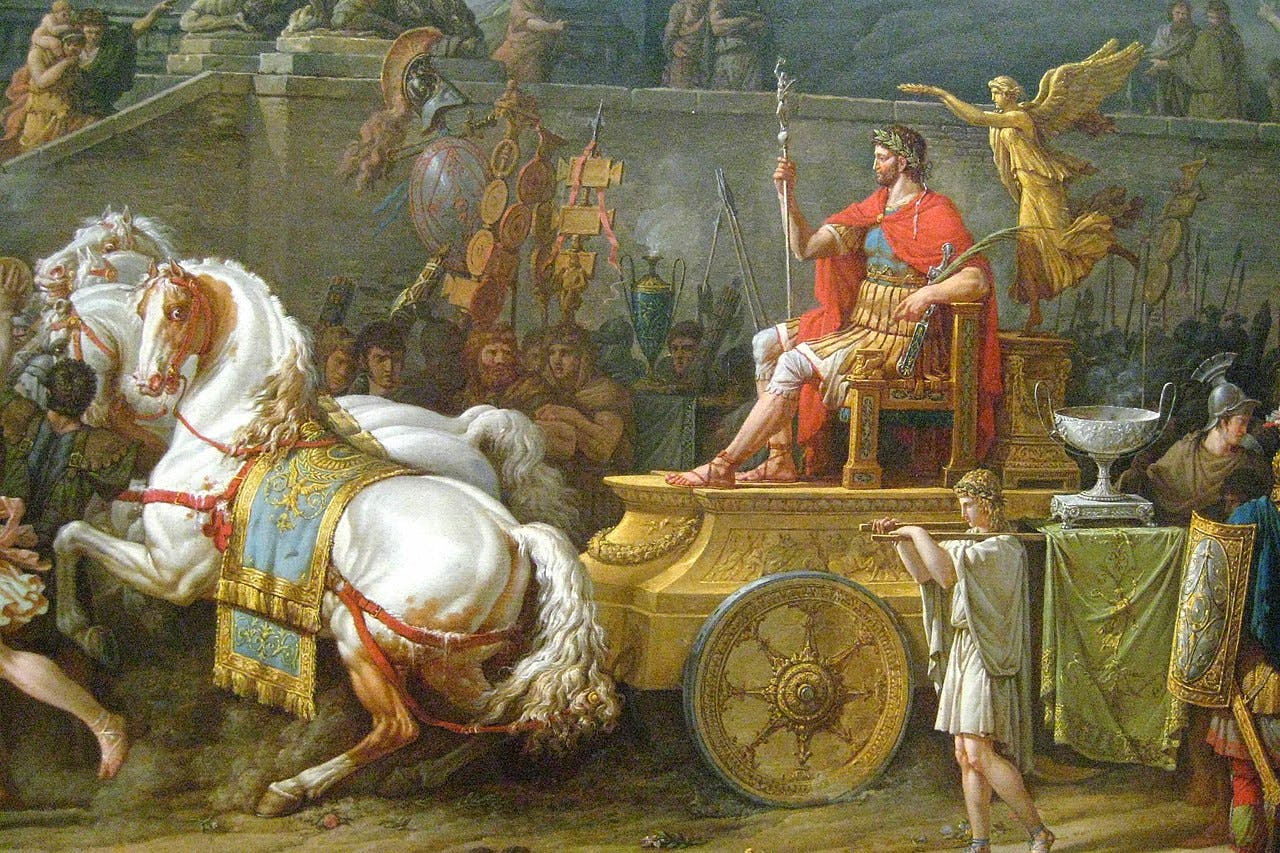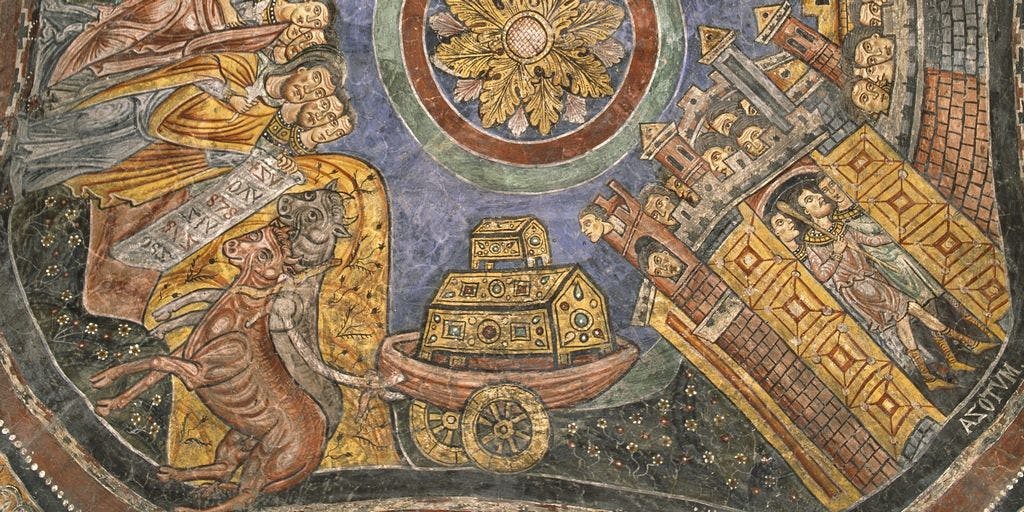Once upon a time, in 535 BCE, Servius Tullius is the sixth king of Rome, and his daughter, Minor Tullia, is the bride of Lucius Tarquinius.
The young couple is ambitious and grooms of power, so they manage to overthrow the king (Tullia’s father) through a conspiracy movement and order his murder by the hands of assassins in the streets of Rome. According to the Writer Ovid, Tullia, after celebrating her husband’s victory, rides home towards Esquiline Hill. It was along this very alley (today’s staircase) that she found herself in front of her father’s tortured and lifeless body.
Taken from a wild impetus, she drove with her wagon over her father’s body in a desperate act between fury and wickedness, staining her clothes from her father’s blood. Just then, this path took the name of “Vicus Sceleratus” (wicked alley) to the horror of that event.




